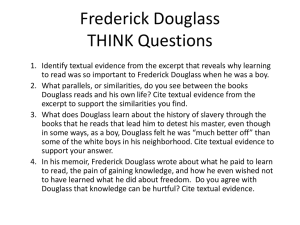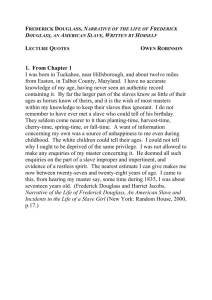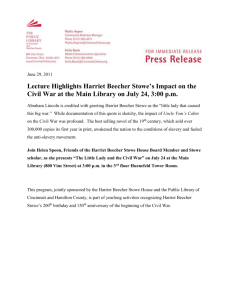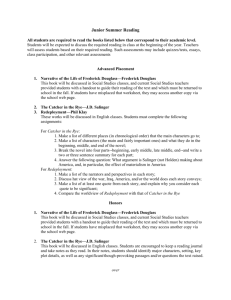Personal Slave Narratives - New Bedford Historical Society
advertisement
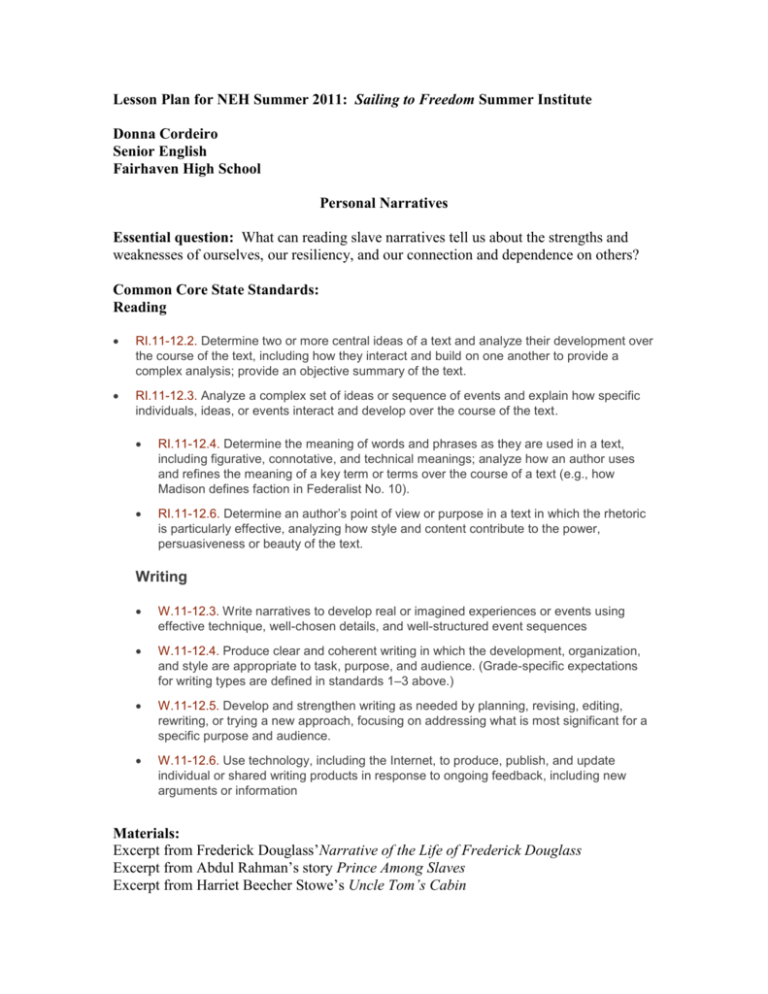
Lesson Plan for NEH Summer 2011: Sailing to Freedom Summer Institute Donna Cordeiro Senior English Fairhaven High School Personal Narratives Essential question: What can reading slave narratives tell us about the strengths and weaknesses of ourselves, our resiliency, and our connection and dependence on others? Common Core State Standards: Reading RI.11-12.2. Determine two or more central ideas of a text and analyze their development over the course of the text, including how they interact and build on one another to provide a complex analysis; provide an objective summary of the text. RI.11-12.3. Analyze a complex set of ideas or sequence of events and explain how specific individuals, ideas, or events interact and develop over the course of the text. RI.11-12.4. Determine the meaning of words and phrases as they are used in a text, including figurative, connotative, and technical meanings; analyze how an author uses and refines the meaning of a key term or terms over the course of a text (e.g., how Madison defines faction in Federalist No. 10). RI.11-12.6. Determine an author’s point of view or purpose in a text in which the rhetoric is particularly effective, analyzing how style and content contribute to the power, persuasiveness or beauty of the text. Writing W.11-12.3. Write narratives to develop real or imagined experiences or events using effective technique, well-chosen details, and well-structured event sequences W.11-12.4. Produce clear and coherent writing in which the development, organization, and style are appropriate to task, purpose, and audience. (Grade-specific expectations for writing types are defined in standards 1–3 above.) W.11-12.5. Develop and strengthen writing as needed by planning, revising, editing, rewriting, or trying a new approach, focusing on addressing what is most significant for a specific purpose and audience. W.11-12.6. Use technology, including the Internet, to produce, publish, and update individual or shared writing products in response to ongoing feedback, including new arguments or information Materials: Excerpt from Frederick Douglass’Narrative of the Life of Frederick Douglass Excerpt from Abdul Rahman’s story Prince Among Slaves Excerpt from Harriet Beecher Stowe’s Uncle Tom’s Cabin Harriet Jacobs’ Incidents in the Life of Slave Girl Length of Unit: 4-5 class days Activity: Students will be given the following information/handout to write their personal narrative: TOPIC: Personal narrative of transformative thinking, resiliency, or help from others at a significant moment in your life LENGTH: 2 page minimum, DS in MLA format DUE:_____________________ AUDIENCE: Your instructor and writing peers PURPOSE: To make sense of your experiences and to inform/entertain your readers ASSESSMENT: School Wide Writing Rubric PREWRITING: 1. Read individually and as a class excerpts from: Frederick Douglass’ Narrative of the Life of Frederick Douglass Abdul Rahman’s story Prince Among Slaves Harriet Beecher Stowe’s Uncle Tom’s Cabin Harriet Jacobs’ Incidents in the Life of a Slave Girl Read George Ella Lyons’ poem “Where I’m From” Write your own version of the poem 2. Brainstorm and produce timeline of important events in your personal history, then choose one to write about. 3. Read George Ella Lyons’ poem “Where I’m From” 4. Write your own version of the poem DRAFT: Use first person. Tell your story in a linear, chronological direction. Use showing, supporting details. Use dialogue if possible. Come to a conclusion about your experience. REVISE EDIT PRESENT
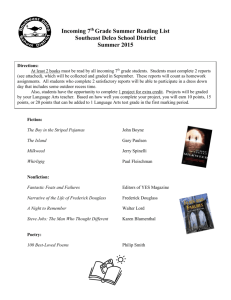
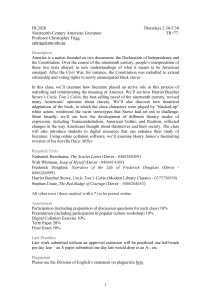
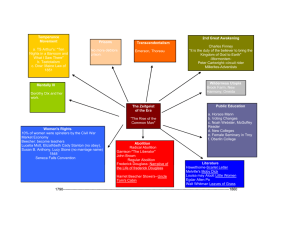
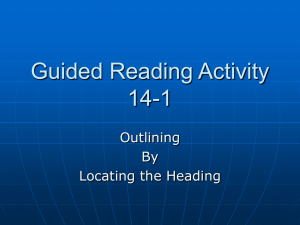
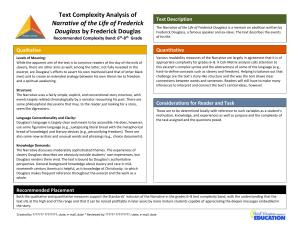
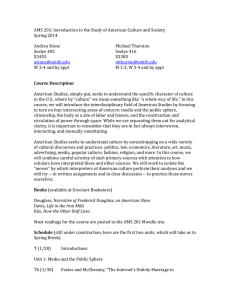
![Unit 1: Colonial America [Discovery to 1776]](http://s3.studylib.net/store/data/009619002_1-79f813c60fb75b8a63dd26feaf2bf5e1-300x300.png)
